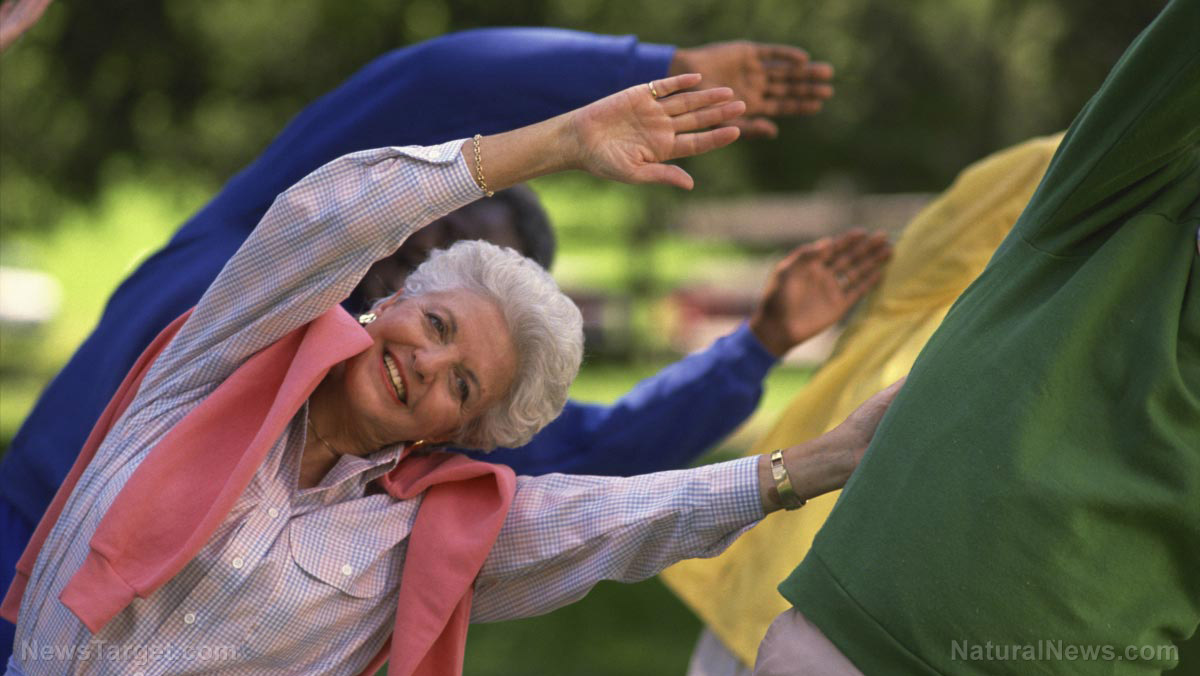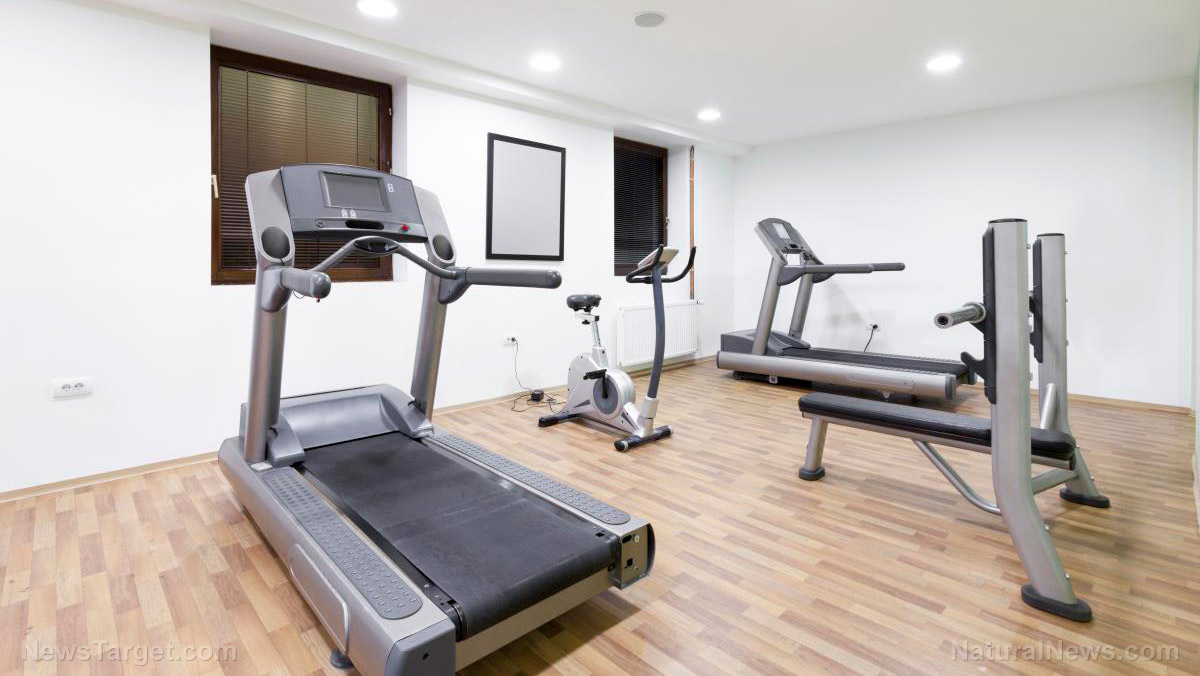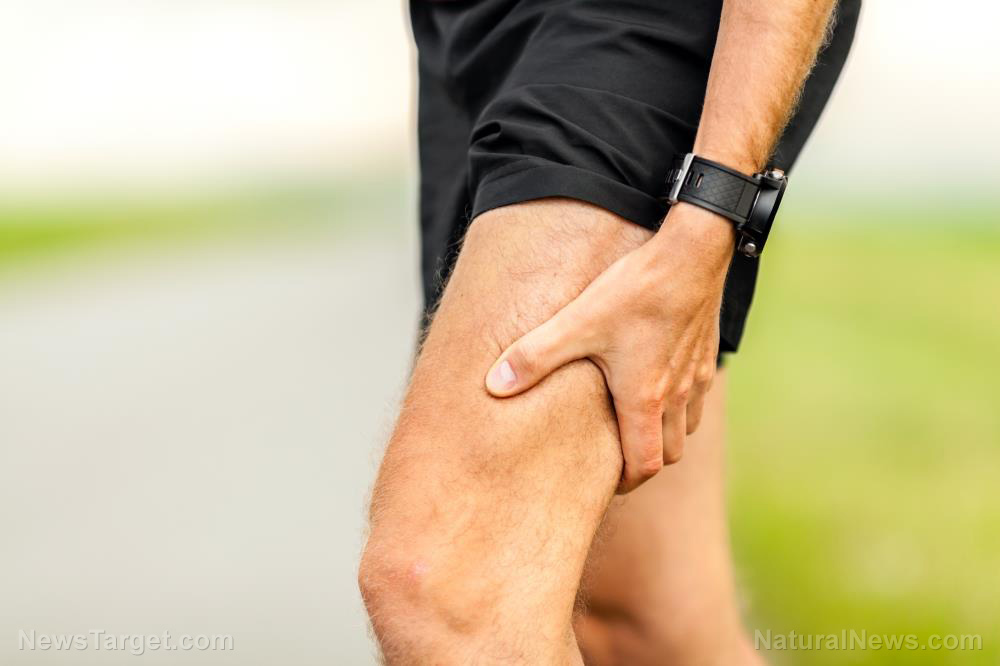Moderate to vigorous physical activity lowers the risk of premature death by 70% in women
08/30/2018 / By RJ Jhonson

Smoking is dangerous and causes a lot of deaths, but did you know that a lack of exercise or physical activity is just as dangerous for older women? Recent studies in Boston recommend at least 150 minutes a week of moderate intensity physical activity or 75 minutes a week of high-intensity aerobic activity, as well as muscle-strengthening exercises two or more days a week to help lower the risk of premature death.
A study published in the publication Brigham and Women’s Hospital’s Circulation measured the physical activity of women over a period of seven days using a wearable device called a triaxial accelerometer. Results showed that increased physical activity at a higher intensity could decrease the risk of death in older women from any cause.
“Using device-measured physical activity in the present study, we observed a 60-70 percent risk reduction larger than previously estimated from self-report studies. For context, non-smokers have about a 50 percent reduction, compared with smokers,” said I-Min Lee, associate epidemiologist at Brigham and Women’s Hospital and one of the authors of the study.
Lee explained that the findings of their study are consistent with the guidelines issued by both the federal government and the American Heart Association, which promote moderate-intensity physical activity as an important component of a healthy lifestyle. The study also contributes to the present bulk of evidence that could be used in the creation of better, more relevant guidelines in the future.
Recommended moderate to vigorous intensity exercises
Examples of moderate to vigorous intensity physical activity that can be safely done by older women include brisk walking, light jogging, indoor cycling, and elliptical exercises, among others. Dance exercises, examples of which are Zumba and Tae-bo, are also a good way to improve cardiovascular health, promote weight loss, and increase the production of endorphins. An increase in endorphins, also known as the happy hormone, helps women maintain a positive outlook and better overall wellness.
To strengthen muscles, it is recommended that you do light weight training – the lighter the weight, the higher the number of reps per set. Make sure to lift only what you can. If free weights are too intimidating, you can opt for machines or even simple kettlebell exercises. Note that you do not need to lift weights that are too heavy to strengthen your muscles.
Running and jogging or brisk walking
Two of the most popular cardiovascular exercises that do not require special skill or facilities are running/jogging or brisk walking. These exercises can be done by practically anyone, anywhere – you just need a safe route and a good pair of running shoes. It is recommended that you do 30 minutes of running or brisk walking a day at least five days a week.
But which exercise is better, really? Running is a higher intensity workout compared to light jogging or brisk walking, but it is not always necessarily better. Some experts believe that running at a moderate pace and brisk walking offer similar results and burn almost the same amount of calories. One advantage of brisk walking or light jogging is that you do not put as much strain on your knees as you do with running, so you can prevent knee injuries and other running-related injuries such as cramps, pulled muscles, ankle sprains, and others. So if you are unable to run, you can just walk at a brisk pace and enjoy the same benefits.
Discover more ways to enjoy a long and full life at Longevity.news.
Sources include:
Submit a correction >>
Tagged Under:
aerobic exercise, benefits of exercise, cardio exercises, dance exercises, jogging, longevity, moderate intensity exercise, mortality rate, resistance training, risk of death, running, slender, stronger muscles, walking, weight training, Women's Fitness, women's health
This article may contain statements that reflect the opinion of the author
RECENT NEWS & ARTICLES
LongevityScienceNews.com is a fact-based public education website published by Longevity Science News Features, LLC.
All content copyright © 2018 by Longevity Science News Features, LLC.
Contact Us with Tips or Corrections
All trademarks, registered trademarks and servicemarks mentioned on this site are the property of their respective owners.




















